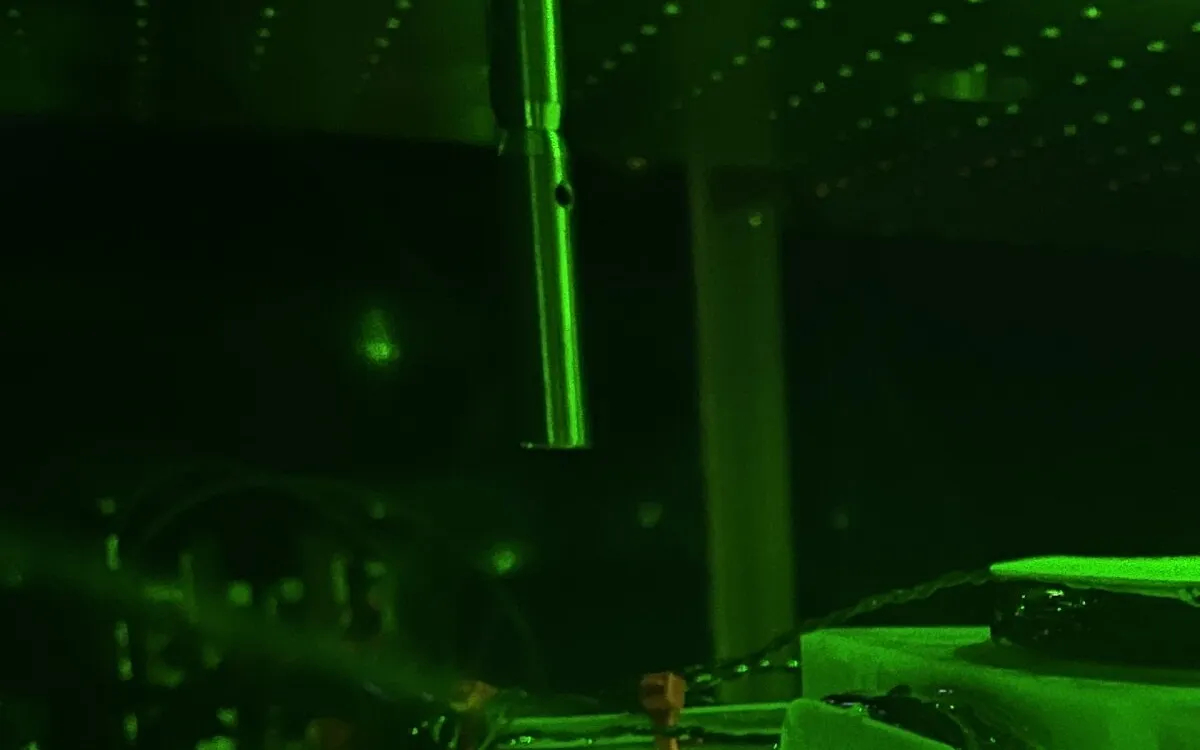
Quantum networks, which are composed of interconnected quantum computers, quantum sensors, and other quantum devices, promise to transform the landscape of communication by enabling faster and more secure methods of data transmission. The backbone of these networks is a remarkable quantum phenomenon known as entanglement. This phenomenon involves a unique connection between particles or systems, where the quantum state of one particle can influence the state of another, even when they are located at significant distances apart.
Traditionally, the atom-based qubits employed in quantum networks operate at visible or ultraviolet wavelengths. Unfortunately, these wavelengths are not optimal for long-distance signal transmission through optical fibers. When attempts are made to convert these signals to telecom-band wavelengths, it often results in reduced communication efficiency and the introduction of undesirable signals that can disrupt the delicate link between qubits.
Recently, a research team led by Professor Jacob P. Covey at the University of Illinois at Urbana-Champaign achieved a significant milestone in telecom-band wavelength quantum networking. Utilizing an array of ytterbium-171 atoms, their findings were published in the esteemed journal Nature Physics. This innovative approach paves the way for establishing high-fidelity entanglement between atoms and optical photons that are generated directly in the telecommunications band, enhancing the potential for efficient quantum communication.
Ytterbium-171, known for its long-lived metastable state and commonly used in optical atomic clocks, has emerged as a valuable asset in the field of quantum computation and metrology. The researchers capitalized on the unique properties of 171Yb atom arrays, which are recognized for their potential in long-range communications. This breakthrough represents a critical step toward developing a network of quantum processors capable of supporting distributed computing or an interconnected quantum network of atomic clocks for high-precision timekeeping and sensing applications.
According to Xiye Hu, a co-author of the study, the team utilized the metastable state of 171Yb to achieve a moderately broad transition at 1389-nm. This transition was crucial for realizing time-bin encoded entanglement between a single atom and a telecom-band single photon with remarkable fidelity. By imaging their one-dimensional atom array onto a commercial fiber array, the researchers demonstrated that the collection of single photons and the subsequent generation of entanglement could be efficiently parallelized across the array.
The research team conducted a series of tests to validate their parallelized quantum networking approach, yielding uniformly high entanglement fidelity and negligible crosstalk among various network sites. They also engineered a 'mid-circuit networking protocol', a crucial tool for maintaining the coherence of data qubits during networking processes. In their analysis, the researchers identified both physical and technical factors that limit the fidelity of time-bin encoded atom-photon entanglement and proposed concrete solutions for enhancement.
One of the most significant advancements anticipated in future work involves transitioning from using an objective lens to employing a cavity for collecting single photons. This transition is expected to yield an order of magnitude improvement in collection efficiency, thereby greatly enhancing the networking rate. The Covey Lab team is currently in the process of designing a second-generation ytterbium experiment aimed at achieving high-rate and long-distance communication within a quantum network.
In this upcoming experiment, the researchers plan to position their atom array inside a macroscopic confocal cavity that has been specifically coated for the 1,389-nm transition. The time-bin encoded atom-photon entanglement demonstrated in their recent work will eventually be expanded to realize remote atom-atom entanglement, whether between two atoms within a single apparatus or between atoms located in different setups.
The work being conducted at the University of Illinois at Urbana-Champaign represents a significant leap forward in the field of quantum networking. As the team continues to refine their techniques and explore new possibilities, the dream of a robust, efficient quantum communication network may soon become a reality, opening up new avenues for research and technological advancement.